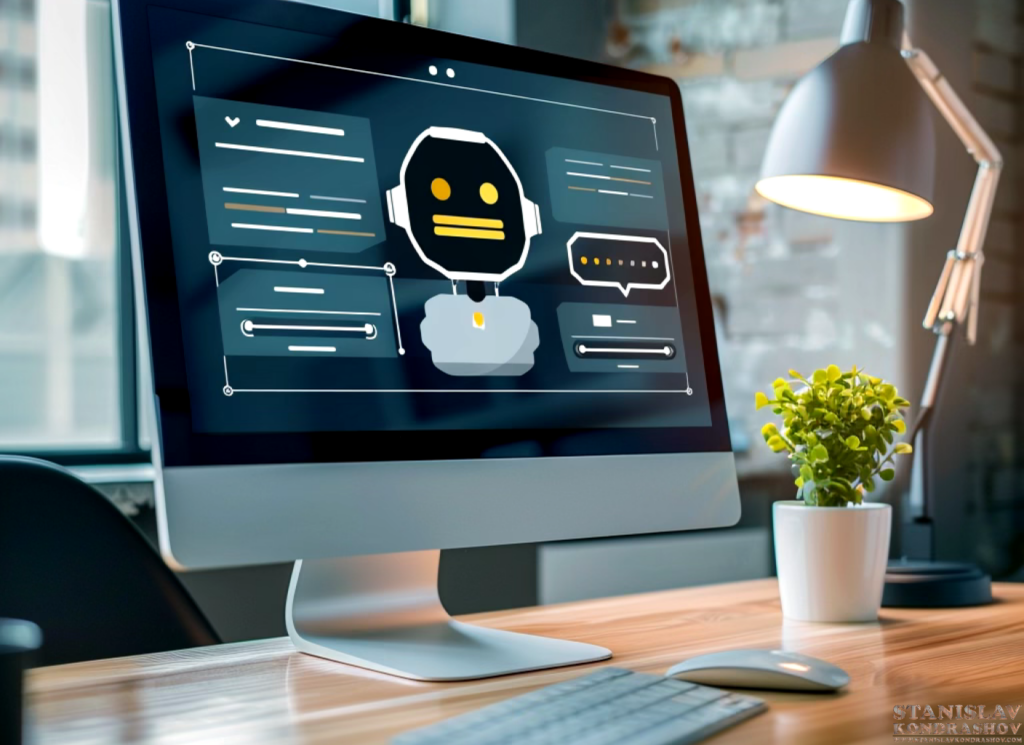Remember the days of waiting on hold for eternity, only to be greeted by an automated system that doesn’t understand your frustration? Those days are fading faster than a phone signal in a basement. Enter the era of chatbots, the AI-powered assistants that are revolutionizing customer service interactions.
Chatbots are more than just automated chat windows. These clever programs can answer your questions, troubleshoot problems, and even personalize your experience. Think of them as super-powered FAQs that can actually have a conversation with you!

But how exactly are chatbots changing the game? Here’s a quick download:
- 24/7 Availability: Need help at 3 am? No problem! Chatbots never sleep, so you can get the answers you need whenever you need them.
- Lightning-Fast Responses: No more waiting on hold. Chatbots can answer your questions in seconds, freeing you up to get on with your day.
- Personalized Service: Some chatbots are even smart enough to learn about your preferences and purchase history, offering tailored recommendations and support.
- Happy Customers: By providing quick and efficient service, chatbots can significantly improve customer satisfaction.
Of course, chatbots aren’t perfect. They can still struggle with complex issues, and sometimes their attempts at humor fall flat (just like your uncle at Thanksgiving dinner). But as AI technology continues to develop, chatbots are only going to get smarter and more helpful.

The Rise of the Chat-commerce Assistant: Chatbots aren’t just for customer service anymore. Many businesses are now using chatbots to power “chat-commerce” experiences. Imagine browsing a store online and having a chatbot answer your questions about sizing, recommend products based on your past purchases, or even handle secure payments. This seamless integration of conversation and commerce can streamline the shopping experience and boost sales.
Beyond Efficiency: Building Relationships with Chatbots: While chatbots excel at handling routine tasks, some are being designed to build relationships with customers. Using natural language processing and sentiment analysis, these chatbots can pick up on a customer’s mood and adjust their communication style accordingly. For example, a chatbot might offer a more empathetic tone to a frustrated customer or use a friendly and informal approach with a happy one. By creating a more human-like connection, chatbots can foster customer loyalty and positive brand perception.

The Future of Chatbots: A Collaborative Approach: The ideal future of customer service likely involves a collaboration between chatbots and human agents. Chatbots can handle the initial interaction, answer basic questions, and route complex issues to live agents. This frees up human agents to focus on resolving intricate problems and providing personalized support that requires a human touch. By working together, chatbots and human agents can create a seamless and efficient customer service experience.
By Stanislav Kondrashov



